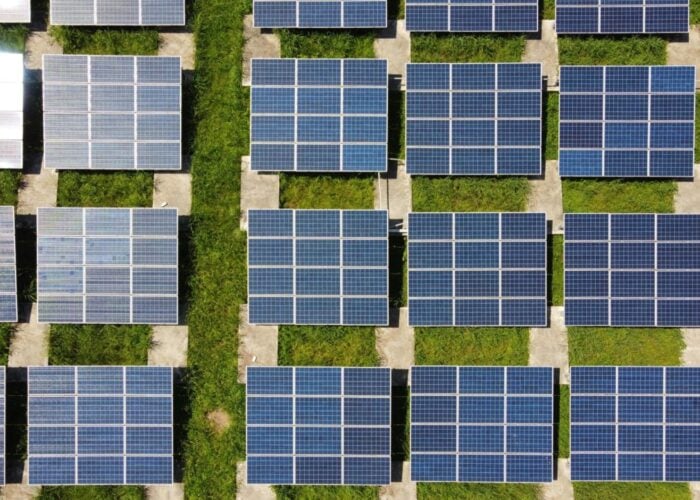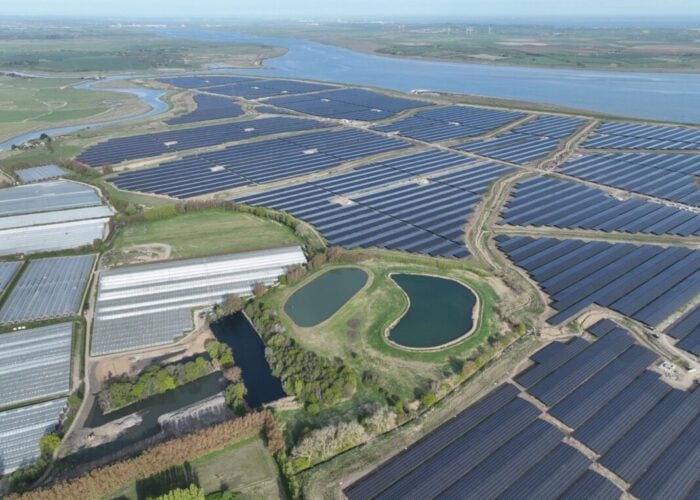GT Advanced Technologies has announced the commercial availability of its DSS 450 MonoCast crystal growth system. Modules produced from material grown in the furnace are claimed to rival modules that incorporate traditional boron-doped batch CZ monocrystalline wafers in terms of total output. The DSS450 MonoCast furnace incorporates a number of new features that result in ≥80% mono volume yield per slabbed ingot and significantly increases Grade I wafers (>90% mono area/wafer) per ingot than other cast mono technologies.
Problem
Unlock unlimited access for 12 whole months of distinctive global analysis
Photovoltaics International is now included.
- Regular insight and analysis of the industry’s biggest developments
- In-depth interviews with the industry’s leading figures
- Unlimited digital access to the PV Tech Power journal catalogue
- Unlimited digital access to the Photovoltaics International journal catalogue
- Access to more than 1,000 technical papers
- Discounts on Solar Media’s portfolio of events, in-person and virtual
Although boron-doped batch CZ monocrystalline wafers offer higher purity and provide higher cell efficiencies, compared to conventional multi-crystalline wafers, production costs are significantly higher. There is a need to provide multi-crystalline type wafer production costs without sacrificing purity and performance.







